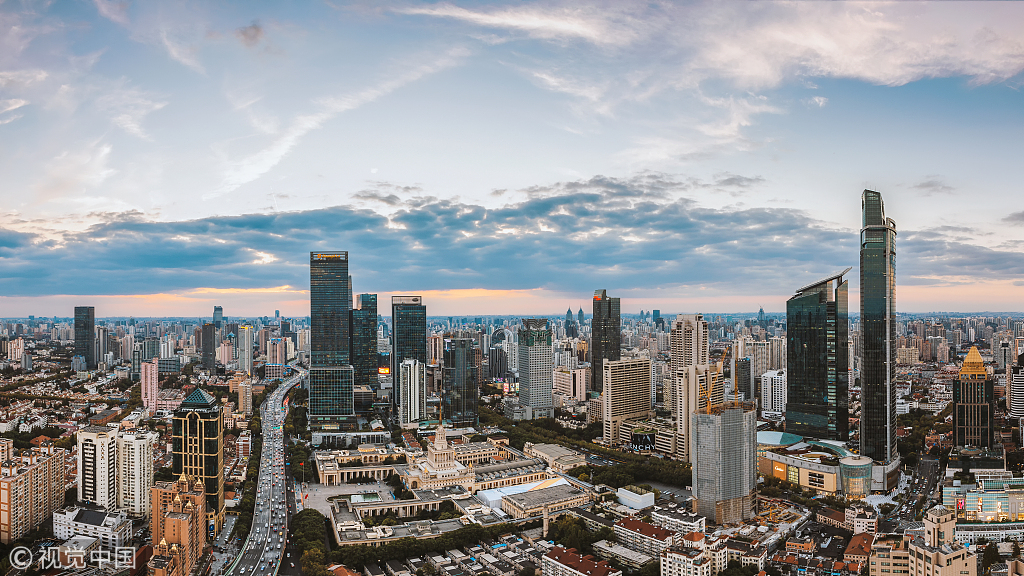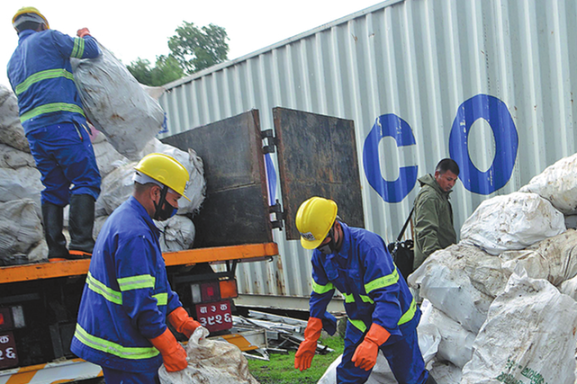Visionary leadership key to rise of nation's economy


History is replete with examples of how many countries reached the heights of glory after endless struggles. China is one such example. It has become the world's second-largest economy, having made tremendous progress in the past 70 years.
China has adopted a strategy of cooperation rather than competition. Its economic growth has been described as an "economic miracle", as it has overtaken many of its old trade and economic adversaries. Its growth model goes back to the late 1970s, when China introduced far-reaching economic reforms.
China adheres to the Confucian philosophy that "harmony is the most valuable of all things. Lead by moral authority, not force. Keep your own house in order, and others will follow your example." This model has made the country more influential because of its flourishing economy, diplomacy and cultural ties around the world.
China's visionary leadership has ensured a remarkable ascent for its political and economic fortunes. Through economic innovation in the early 1980s, China reestablished itself with strength and dignity. The 1978 reforms and opening-up helped the country to become the world's largest economy in 2014, surpassing the United States in terms of GDP based on purchasing power parity. PPP is a method used to determine the relative value of two currencies.
China has grown organically. All aspects of the country's growth are intrinsically linked. China has a pragmatic foreign policy based on reconciling with its neighbors. And its military spending has focused on maintaining minimum deterrence.
China today presents a picture of society that has transformed itself through infrastructure and economic development while keeping intact its cultural and traditional legacy.
In addition, China has been taking significant measures, including widening market access, creating an investment-friendly environment, strengthening protection of intellectual property rights, and growing imports and exports.
The China-proposed Belt and Road Initiative is a successful model based on win-win trade deals that has involved almost all Eurasian and Asian economies. It represents the structure of a State that believes in reformation, never compromises on sovereignty, and knows how to defend its integrity while respecting the national and cultural integrity of its global partners.
Keeping in view China's strategy of development and reforms, Pakistan needs to follow China's example of lifting its people out of poverty and should learn to be proud of its cultural legacy.
China's economic development has brought about major accomplishments that have changed the mindset of the masses and instilled in them the confidence to carve out their own destiny. Achievements include the espousal of universal education, female participation in the workforce, organized employment of the population, and a corruption-free society based on honesty and integrity.
Pakistan needs to learn from Chinese experience in many aspects, such as anti-corruption, poverty alleviation, urban development and pollution control. China has set an example not only for Pakistan, but also for all developing countries.
China is an innovation-based economy. Such an economy develops new products or methods of production that drive economic progress and enable states to deal with challenges such as climate change and global health crises. The ability of a country to innovate rests on its education system. A well-educated workforce contributes to technological and scientific discoveries.
China owes its consistent growth to political stability and continuity of policies. Pakistan, too, should create a peaceful environment to attract local and foreign investment, which is the only way to lift the economy.
The author is a social scientist and public policy analyst based in Islamabad. The views do not necessarily reflect those of China Daily.
































